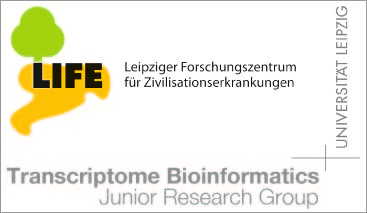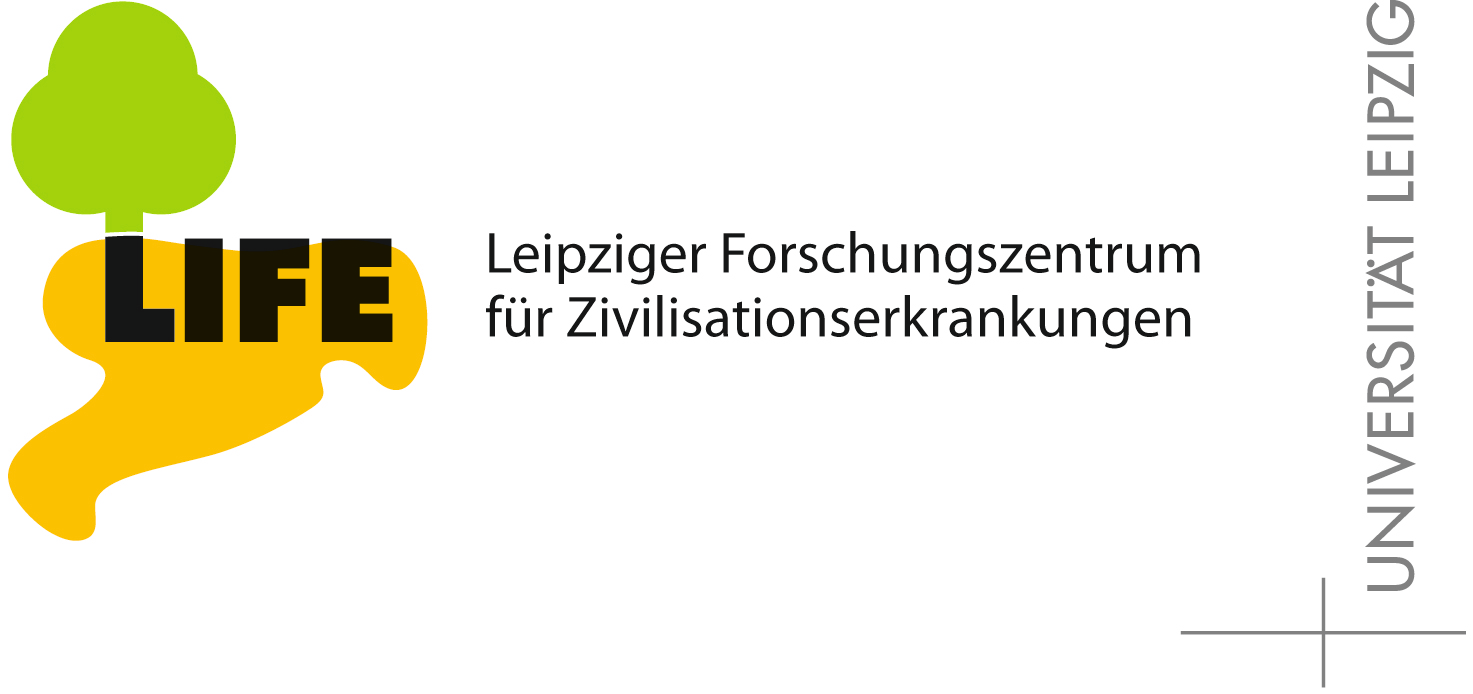Publications - Published papers
Please find below publications of our group. Currently, we list 565 papers. Some of the publications are in collaboration with the group of Sonja Prohaska and are also listed in the publication list for her individual group. Access to published papers ( ) is restricted to our local network and chosen collaborators.
If you have problems accessing electronic information, please let us know:
) is restricted to our local network and chosen collaborators.
If you have problems accessing electronic information, please let us know:
 ) is restricted to our local network and chosen collaborators.
If you have problems accessing electronic information, please let us know:
) is restricted to our local network and chosen collaborators.
If you have problems accessing electronic information, please let us know:©NOTICE: All papers are copyrighted by the authors; If you would like to use all or a portion of any paper, please contact the author.
Comparison between transcriptomic responses to short-term stress exposures of a common Holarctic and endemic Lake Baikal amphipods
Drozdova, Polina and Rivarola-Duarte, Lorena and Bedulina, Daria and Schreiber, Stephan and Axenov-Gribanov, Denis and Gurkov, Anton and Shatilina, Zhanna and Vereshchagina, Kseniya and Lubyaga, Yulia and Madyarova, Ekaterina and Otto, Christian and Jühling, Frank and Busch, Wibke and Jakob, Lena and Lucassen, Magnus and Sartoris, Franz Josef and Hackermüller, Jörg and Hoffmann, Steve and Pörtner, Hans-Otto and Luckenbach, Till and Timofeyev, Maxim and Stadler, Peter F.
Download
Status: Published
BMC Genomics 20: 712
Abstract
Background
Lake Baikal is one of the oldest freshwater lakes and has constituted a stable environment for millions of years, in stark contrast to small, transient bodies of water in its immediate vicinity. A highly diverse endemic endemic amphipod fauna is found in one, but not the other habitat. We ask here whether differences in stress response can explain the immiscibility barrier between Lake Baikal and non-Baikal faunas. To this end, we conducted exposure experiments to increased temperature and the toxic heavy metal cadmium as stressors.
Results
Here we obtained high-quality de novo transcriptome assemblies, covering mutiple conditions, of three amphipod species, and compared their transcriptomic stress responses. Two of these species, Eulimnogammarus verrucosus and E. cyaneus, are endemic to Lake Baikal, while the Holarctic Gammarus lacustris is a potential invader.
Conclusions
Both Baikal species possess intact stress response systems and respond to elevated temperature with relatively similar changes in their expression profiles. G. lacustris reacts less strongly to the same stressors, possibly because its transcriptome is already perturbed by acclimation conditions.















